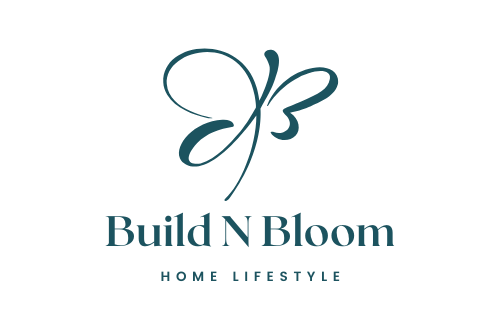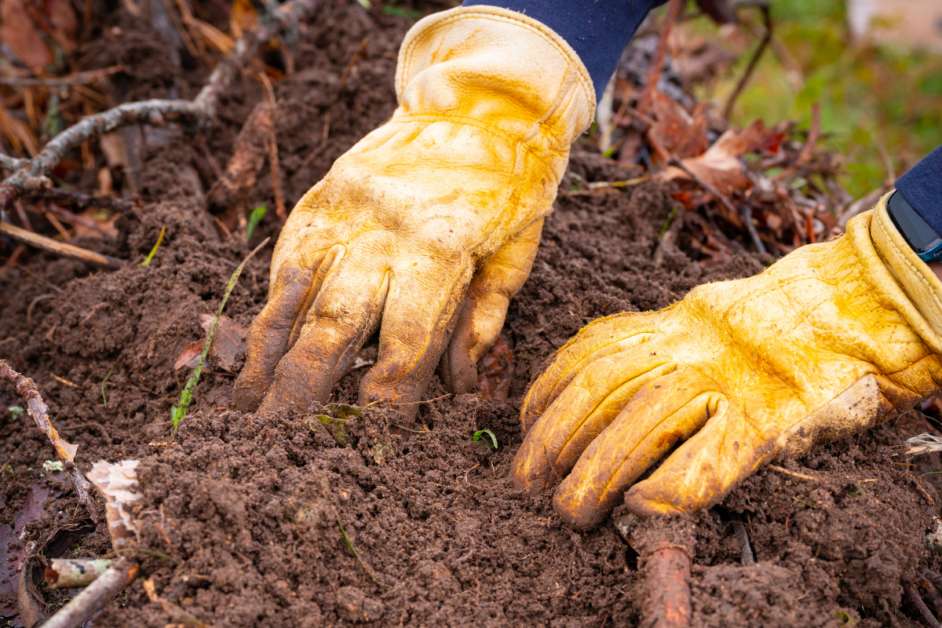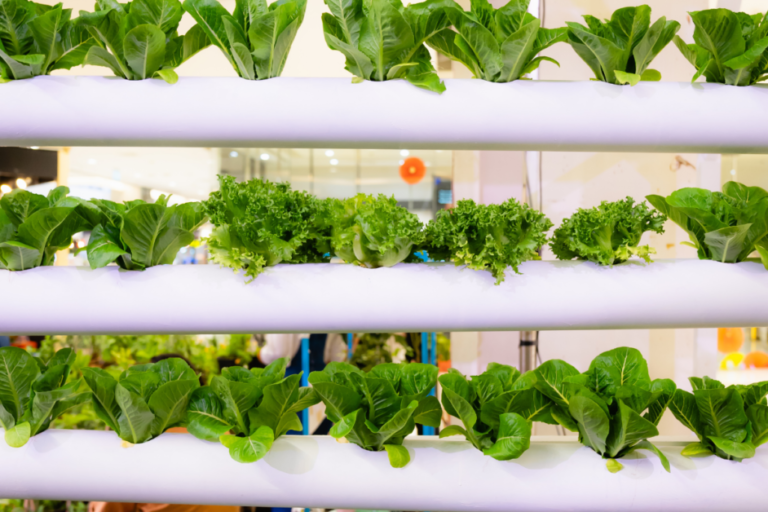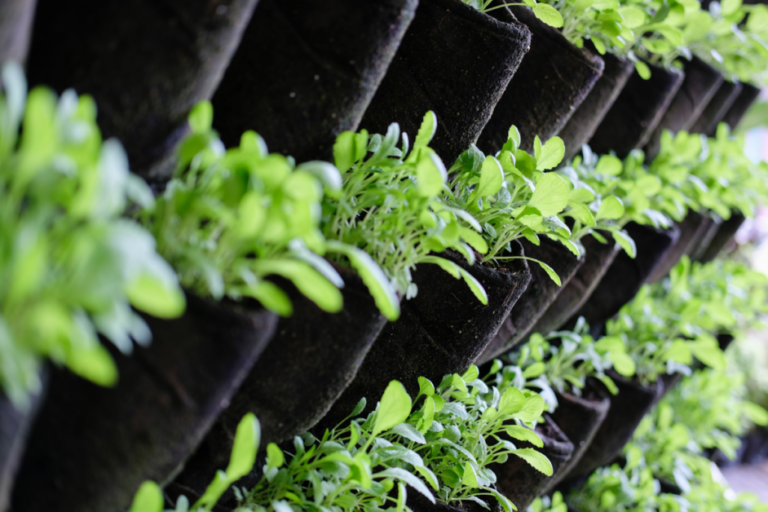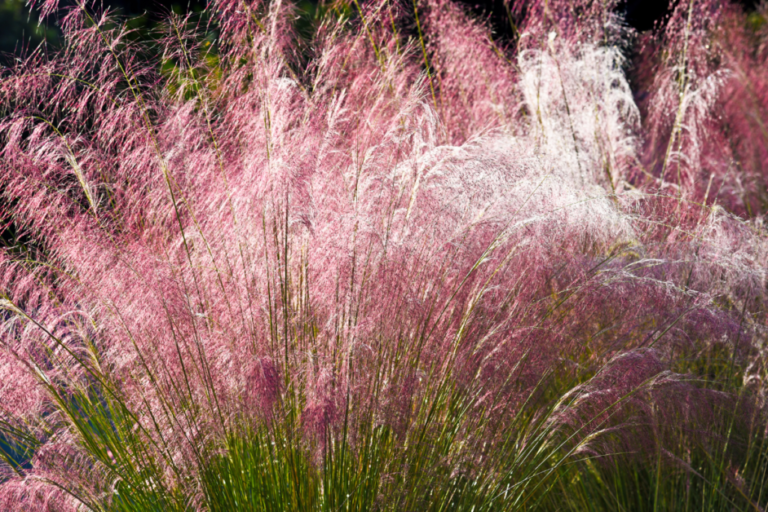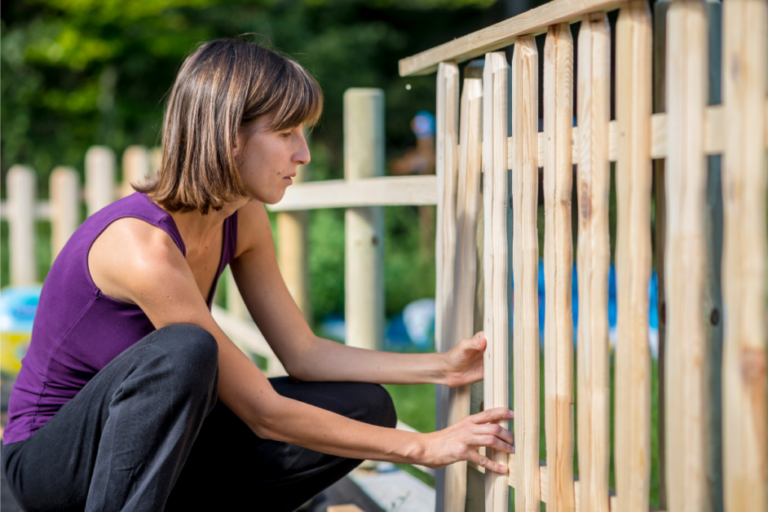How to Build the Best Hugelkultur Raised Bed
Last Updated on February 16, 2023 6:19 am by Chris Roberts
Have you ever heard of a hugelkultur raised bed? It’s a German word that means “hill culture” and is basically a raised bed made from decaying wood logs and organic matter. The great thing about Hugelkultur is that it helps to conserve water, since the logs create a reservoir for moisture that slowly releases over time. It’s a great way to recycle materials and create a garden with little to no work.
A hugelkultur raised bed is also great for gardeners who have problems with erosion, because the raised bed prevents soil from running off. In this article, we’ll show you how to build your own hugelkultur raised bed.
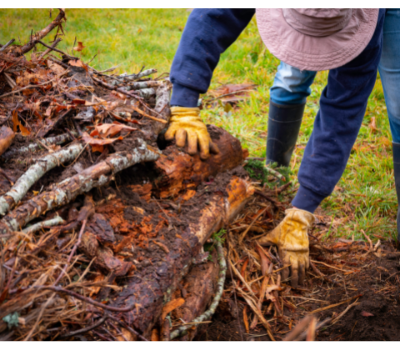
what grows well in a hugelkultur raised bed?
In general, most plants will do well in a hugelkultur raised bed. However, some plants may prefer the extra drainage and aeration that a hugelkultur bed can provide. Some of the plants that may do especially well in a hugelkultur raised bed include:
-Vegetables: tomatoes, peppers, eggplants, squash, beans, peas
-Fruits: strawberries, raspberries, blackberries
-Herbs: oregano, basil, thyme, sage
what are the benefits of a hugelkultur raised bed?
Some benefits of a hugelkultur raised bed are that it can help to increase water retention in the soil, improve drainage, and provide nutrients for plants.
Improved drainage, aeration, and water retention are more benefits. The raised bed also allows for better root growth and easier access to the soil. Additionally, the raised bed can help protect plants from pests and diseases.
Additionally, a hugelkultur raised bed can help to create a microclimate that is ideal for plants, and can also offer some protection against frost damage.
Finally, a hugelkultur raised bed can help to increase the amount of organic matter in the soil, which can improve the soil’s overall fertility.
what are the drawbacks of a hugelkultur raised bed?
The main drawback of a hugelkultur raised bed is that it can be difficult to build. In addition, the bed may not last as long as other types of raised beds. Hugelkultur raised beds can be difficult to maintain and may require more watering than other types of raised beds.
Another potential drawback of a hugelkultur raised bed is that it can be difficult to properly aerate the soil, which can lead to problems with drainage and root health.
Additionally, hugelkultur beds can be significantly taller than traditional raised beds, making them challenging to work with if you are not tall or strong enough to lift heavy bags of soil or mulch.
Finally, because hugelkultur beds rely on decomposing wood for nutrients, they can be susceptible to pests and diseases that attack woody plants.
how do you build hugelkultur?
Building a hugelkultur garden is a great way to add organic matter and improve drainage in your garden. Here’s how to do it:
1. Choose a location for your bed. It should be in an area that gets at least six hours of sunlight per day.
2. Clear the area of any vegetation or debris.
3. Dig a trench about two feet wide and two feet deep around the perimeter of the area you’ve cleared.
4. Line the bottom of the trench with logs, branches, or other woody debris. This will form the base of your hugelkultur bed.
5. Fill the trench with alternatively layers of organic matter (such as leaves, grass clippings, or compost) and soil.
6. Water the bed well and wait for it to settle before planting anything in it.
Building a hugelkultur raised bed is a great way to add organic matter and improve drainage in your garden. By following the steps above, you can easily build one yourself!
